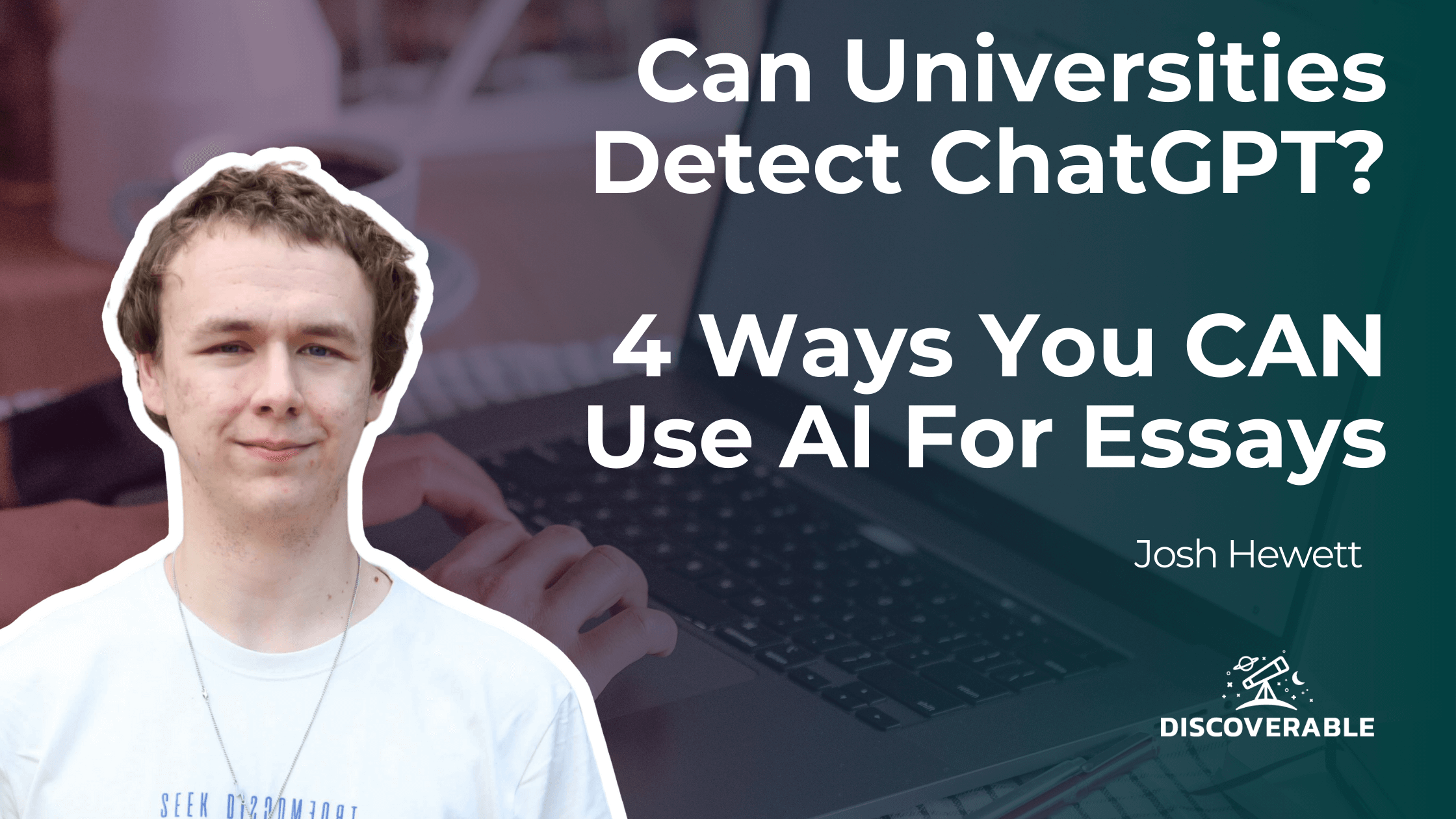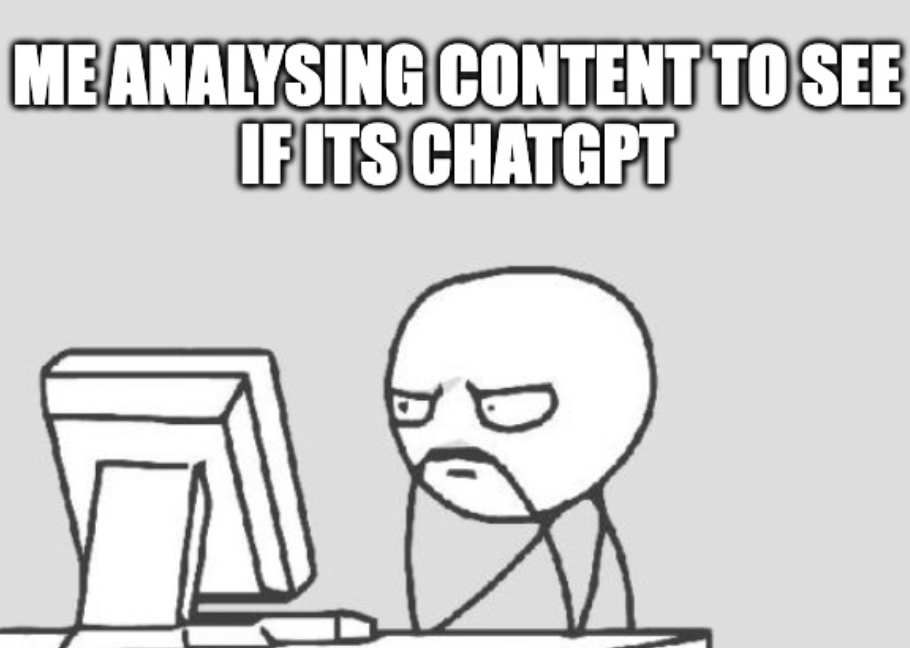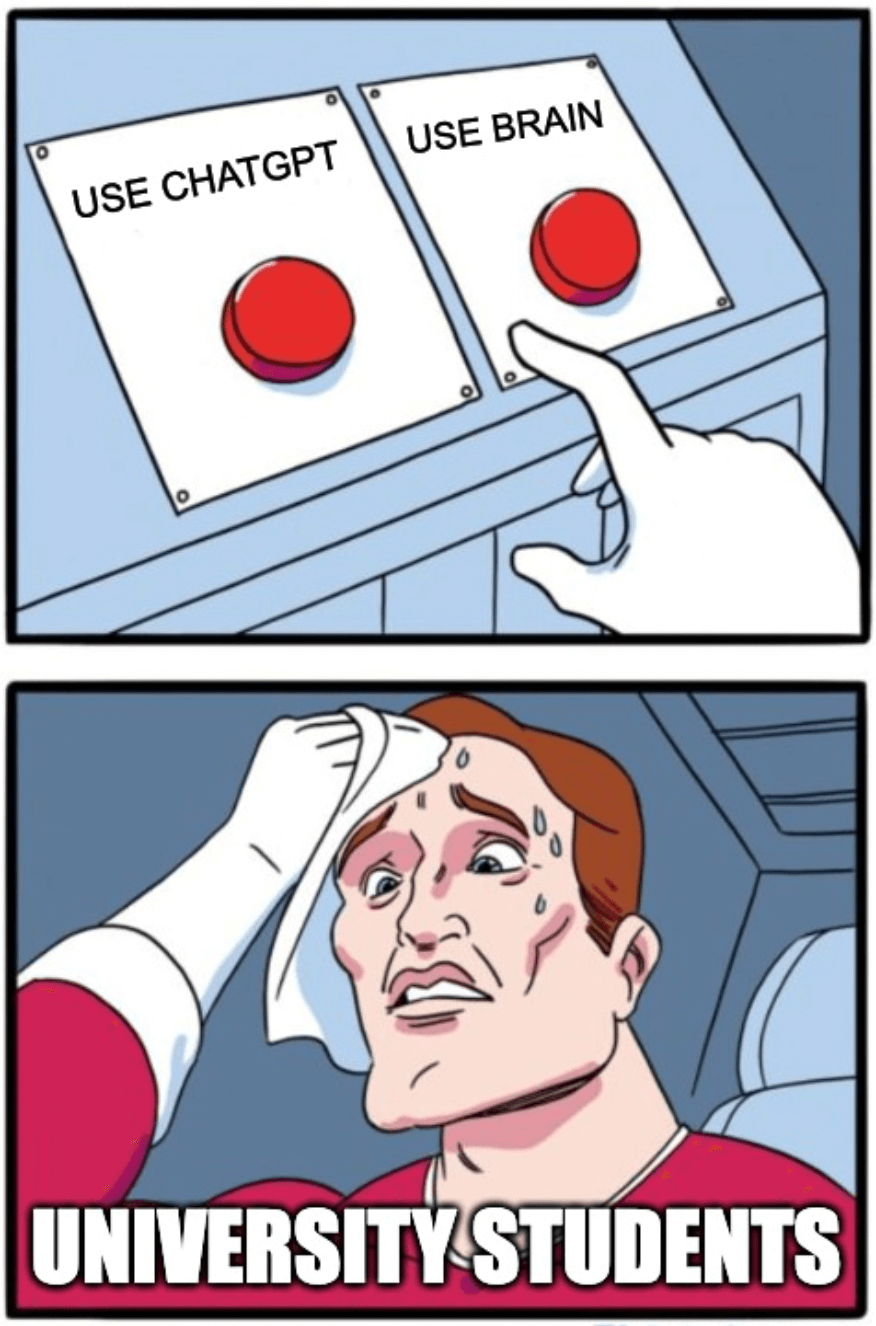Can Universities Detect ChatGPT? 4 Ways You CAN Use AI For Essays

With the explosion of AI tools like ChatGPT and the rapid adoption we’re seeing in almost every industry, it’s no surprise that artificially generated content has made its way into education. Figuring out how to test if an essay is AI generated has quickly become one of the biggest problems that universities, colleges and other educational institutions are facing, with one study suggesting over 50% of UK undergraduates are using AI in some form to help with their essay writing.
I’ve been fascinated with AI ever since the release of ChatGPT in 2022, and have since then extensively tested the best ways to use LLMs, studying everything from their coding capabilities to the best use cases for content generation and how AI content detectors work. I was even invited to help with an Economist article on prompt engineering, so I like to think I know a little bit about the subject!
So, let’s cut to the chase...
Can Universities Detect ChatGPT?
Universities can detect ChatGPT using AI detection tools like Quillbot and Turnitin, alongside human review of language patterns. However, detection is complex and not foolproof. Factors include prompt quality, how ChatGPT is used, and the robustness of the detection tools. I know that’s a bit of a cop out, but I’m letting my inner SEO get the better of me.

The detection of AI content is fundamentally tricky with loads of factors involved, a few of which I’ve mentioned below:
- How you’re using ChatGPT in the first place. It makes a big difference whether you’re using AI to help you come up with some overall ideas and structure, or whether you’re copying and pasting entire essays from ChatGPT.
- The quality of the prompt you’re giving to your AI tool of choice. If your prompt looks something like this and you haven’t been caught yet, I’d suggest you consider yourself lucky and NEVER be this lazy again - “Write me an essay on the use of language in Shakespeare plays”.
- How the university is checking content for AI - there’s endless tools out there claiming to be able to detect whether content has been written by ChatGPT, and from personal experience, I can tell you that not all AI content detectors were created equally. I’ve tested tools that think handwritten content is AI generated, some that turn a blind eye to the most blatant ChatGPT content, and many that land somewhere in the middle. The question is, will you win the content detector lottery when your professor goes checking?
“But Josh, can MY university detect ChatGPT?” - as you might have realised by now, I really can’t answer that question, but I do have a personal opinion on the subject. With the focus on this subject from educational bodies around the world, and the particularly harsh consequences you might suffer if caught, DO NOT use ChatGPT to write your essays, especially for real university assignments.
That being said, there are some ways you can safely use AI for your work without fear of repercussions, and without breaking any rules (depending on your specific situation, and as far as I’m aware - don’t take my word for it!)

How can Universities Detect ChatGPT?
The way I finished the last section might seem a little contradictory, so let me explain. Although I touched on it already, the answer lies with the very important question - how can universities detect ChatGPT?
Answering that question is simple on the surface, and slightly more complicated at a technical level. It boils down to a few key methods:
- They use an AI content detector tool that they found on Google, such as Quillbot or Turnitin.
- The content includes “hallucinated” (incorrect or completely made up) information.
- Human review of the content finds repetition, patterns of language and other tell-tale signs that it was written using ChatGPT or other AI tools.
I won’t go into much detail on each of these methods, as that really requires its own blog, but it’s important not to underestimate how easy it can be to see that your essay was written by ChatGPT. My job has naturally given me the opportunity to read thousands of pieces of content across loads of different contexts and industries over the past couple of years, and by now, I can fairly confidently say whether or not a piece of content has been written using AI - just by giving it a quick read.
Although your professor might not have that instinct just yet, it won’t be long before they start noticing the same sentence structures, language choices and rhetorical devices. There is no perfect way to detect AI content, but with most people still using basic prompts, tools are becoming better and people are becoming smarter at spotting robot vs human.

4 Ways You Can Safely Use AI For Your Essays
So far, I’ve been pretty clear on why using AI is a bad idea when it comes to writing your essays, but that doesn’t mean you should remove your bookmark to ChatGPT just yet. There are plenty of ways you CAN use tools like ChatGPT to help improve your essays, without needing to worry about breaking the rules.
I’m going to give you a look into some of the ways you can use AI to help you, but keep in mind that to get the best out of each of these ideas, it’s important to make sure your prompts are up to scratch. For businesses it makes sense to get the help of an AI prompt engineering agency, but for students, checking out some beginner guides to prompting is more than good enough.
Essay Planning and Structure
Unless you’ve been taught to write in a specific structure, there’s no reason why you can’t use AI for some pointers on how to go about laying out your essays. From getting some ideas on important subtopics to cover, helping to organise your main points and the most effective way to set out arguments for or against a point, ChatGPT can be an invaluable resource for making sure you don’t miss out anything important from your writing.
So long as you’re not copying and pasting directly from its responses, you can even use AI tools to help you with ideas for your introductions and conclusions, without a doubt some of the most important (and hardest to get right) parts of your essay.
Research Assistance
Although ChatGPT can be super helpful when it comes to researching things for your essay, this point comes with an important caveat - you HAVE to double check any facts or information you get from ChatGPT.
It’s not remotely uncommon for these tools to completely fabricate information, but when used to find research on a more niche topic within your writing, or you want to find corroborating information on some research you already have, ChatGPT can be a timesaver instead of trawling through hundreds of pages of academic research. Another perfect use case (although not to be taken at face value) is to give ChatGPT a research paper and have it summarise or extract key information that’s useful for your essay.

Learning and Understanding
Now, no-one’s accusing you of not paying attention during your lectures, but if you happened to glaze over a few important topics you need to write about in your essay, you’re in luck! ChatGPT is particularly good at breaking down complex topics into smaller, more manageable ideas, and you can easily dive deeper into specific bits using follow up questions that are specific to your essay - something that traditional research can’t compete with.
The most important thing with this use of AI is to make sure ChatGPT explains a topic at the correct level for you. It’s very easy to get responses only a nuclear scientist would understand, or one that a 12 year old could probably grasp - so make sure you include enough context in your prompt.
Writing Enhancement and Corrections
Often overlooked, ChatGPT can actually be a good tool for enhancing your writing - assuming you know how to do it in the best way. Ensuring your essay adheres to any necessary tone of voice requirements, makes the best use of punctuation and doesn’t make any simple mistakes when it comes to grammar and the overall readability of your writing is something that ChatGPT can help with.
My top tip for this is to be specific in your prompt, and combine the AI suggestions with your own brain. If you give ChatGPT your whole essay and ask it to improve, you’ll likely get less impressive results than if you give it certain sections you think don’t sound amazing and ask for a few ways you can improve it.

The Final Word on Using ChatGPT in University
Ultimately, how you use ChatGPT in university is up to you; but for all of the reasons I’ve discussed, it makes lots of sense to be verrryyyyy careful (by which I mean you should steer clear completely) of using it to actually do any of the writing of your essays. At the end of the day, the high risk of your content being detected as AI generated IS NOT WORTH the potential consequences you’ll suffer as a result.
I’ve not touched on it in this blog post, but there are a variety of tools that claim to “humanise” or “remove the AI from your essays” so that it no longer looks like AI to the content detectors out there. These tools use a variety of methods to alter AI content’s language, structure and other more hidden factors to get around being detected. In my personal experience, I have to be honest and say that some of these do work, most of the time - but many more don’t, and the question is, are you willing to risk it for the sake of saving a few hours writing it yourself?
I’ve already said it once in this article, and I’ll say it again now. As of right now, there is no foolproof way of detecting whether a piece of content has been written by AI, or a human - but that doesn't mean it isn't obvious in some cases. The future will bring both more advanced techniques and technologies that both make AI content more difficult to detect, and more reliable ways to detect it - which is my way of saying who the hell knows what’s to come? That being said, one thing I do know is that it isn’t worth throwing your education down the drain (in the worst cases) just to go to another couple of parties.


